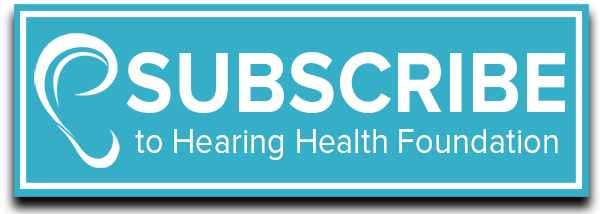By Laura Friedman
October is National Protect Your Hearing Month. How many of these facts from Hearing Health Foundation (HHF) do you know?
Fact #1: Noise-induced hearing loss (NIHL) is acquired from excessive noise
~30 million U.S. workers are exposed to hazardous noise levels on the job
Nearly 1 in 5 American teenagers are expected to acquire hearing loss largely due to overexposure of loud sounds
25% of Americans age 65-74 and nearly 50% of those 75+ have disabling hearing loss
Approximately two-thirds of service members and veterans have NIHL or tinnitus, or both
Many veterans also have processing disorders as a result of blast or high noise exposure
Fact #2: NIHL is preventable. The measures needed to prevent NIHL are simple: “Walk, Block, and Turn. Walk away from the sound source, block your ears using ear plugs, and turn down the volume,” advises Nadine Dehgan, HHF’s CEO.
Fact #3: Musicians are 57% more likely to experience tinnitus and are almost four times more likely to develop NIHL than the general public. Sound onstage can reach up to 110 decibels (dB), the equivalent of a jackhammer. Prolonged exposure to loud noise causes hair cells of the inner ear to be damaged, leading to permanent hearing loss.
Fact #4: A portable listening device at maximum volume (105 dB) is louder than heavy city traffic, drills, noisy subway platform and equal to a table saw. Blasting the volume in earbuds hurts hearing. It is estimated that 20% of teenagers, an age group that frequently uses portable listening devices, will suffer from hearing loss from overexposure to noise.
Fact #5: Steps to identify and prevent hearing loss should begin at birth. In 1993, only 5% of newborns were tested for hearing loss at birth. Thanks to HHF’s instrumental role in passing Universal Newborn Hearing Screening legislation, today that number is 97%. Early detection and intervention helps diminish or even eliminate negative impacts of undetected hearing loss on social, academic and emotional development in children with hearing loss.
Receive updates on life-changing hearing research and resources by subscribing to HHF's free quarterly magazine and e-newsletter.















